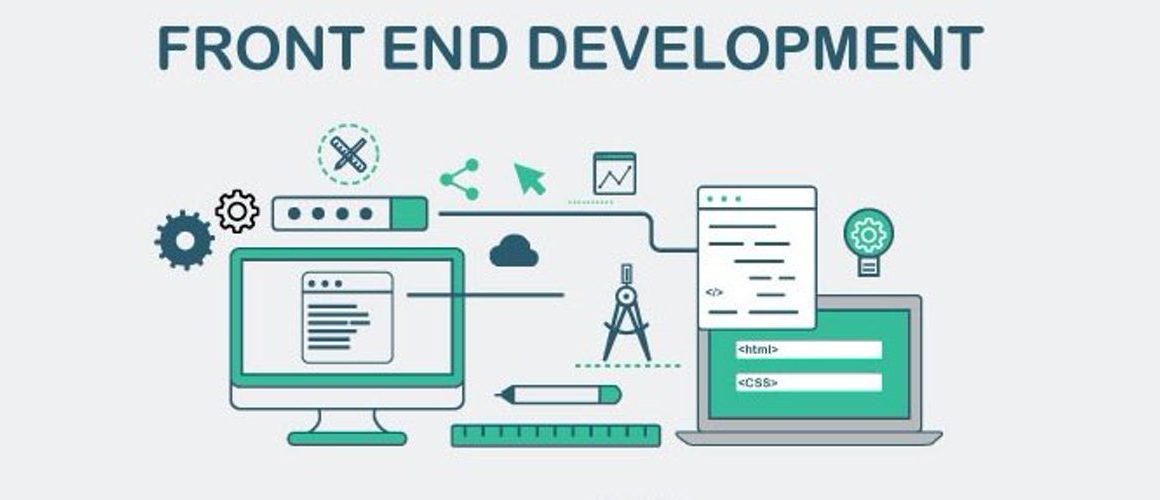Mineral discovery may be a long and arduous process, so it’s helpful to view it as a series of interconnected stages. Mineral explorers, like treasure hunters, are not always successful in finding a mineable resource. As a result, many exploration efforts fail to complete the entire cycle. However, a mining exploration company in Canada can achieve success with its programs by assembling a capable team and creating useful data sets.
The First Step in the Discovery Process
Prospectors (also known as mineral explorers) frequently utilize aircraft or helicopters to examine wide regions quickly. Prospectors can detect mineralization using remote sensing data surveys, satellite images, aerial photographs, and comprehensive maps.
These types of fundamental exploration activities, like aeromagnetic surveys, are sometimes conducted by the federal and provincial governments. Prominent mining companies encourage their employees and customers to examine the data and consider staking claims. Governments are aware of the large-scale economic activity generated by mining.
It’s possible to place mining projects on public and private property, but governments heavily restrict access at all levels. Obtaining the proper permits before beginning work on the ground is vital to ensuring compliance with applicable laws and regulations.
Prospectors in the early phases of mineral exploration search the rocks for usable minerals and other hints as to the location of a potential mineral deposit. Researchers, particularly geologists and geoscientists, collaborate with prospectors to investigate the Earth’s physical properties and history.
Geoscience is the study of the Earth’s surface. The mineral development potential of a region can be affected by a variety of factors, including advances in geoscience, transportation options, hydropower infrastructure, commodities markets, and extraction methods.
Stakeholder claims, mapping outcrops, showings, and looking for indicator minerals are among prospectors’ tasks. Exploration begins with searching for clues that something far more significant lurks just under Earth’s surface.
Prospectors can see bedrock in outcrops and showings, enabling them to do preliminary geological sampling, analysis, and interpretation. It is possible to find precious ore by looking for indicator minerals on the surface.
Prospectors and geoscientists go across vast swaths of land, obtaining tiny samples of rocks, soils, water, and even flora, to be evaluated for indications that might lead to identifying a mineral deposit.
Relationship Building
The concept of Corporate Social Responsibility (CSR) embraces all aspects of community involvement and is essential to today’s businesses. Companies proposing mineral development interact with a number of diverse organizations, including First Nations peoples, local and regional populations, and governments.
Mineral exploration may have significant financial, social, and environmental ramifications, and it is imperative that the concerns and requirements of people who will be impacted by it are taken into account throughout the engagement and consultation processes that are employed by corporations.
Extensive exploration of mineral resources is costly and yields no financial reward. It takes a lot of money for companies that perform mineral exploration and development to finish their task.
Shares in a company are typically sold on the stock market to raise money for new projects and research. Large corporations may be able to use the profits from their current activities to fund the exploration of new mineable resources.
Wealthy owners, financial institutions, mid-tier miners, and significant mining enterprises are all funding sources for exploration businesses. The term “Junior Miners” describes mining exploration and development firms.
It is common for junior mining businesses to seek out larger mining corporations focusing on the minerals detected and the capital to establish a mineable operation after they’ve found a resource that can be exploited economically. In the near term, these partnerships or arrangements can give investors above-average returns on their money, potentially doubling or even tripling their capital.
How Are Geophysical Exploration Techniques Implemented?
To get the most out of geophysical exploration methods, it is imperative to follow a well-structured plan. A few examples are as follows:
- Identify what is known about the area and the expected outcomes of the investigation.
- Establishing the magnitude and scope of the required geophysical coverage.
- In order to get the best possible results, geophysical methodologies and procedures must be optimized. Not all problems can be solved with geophysical methods. If you want useful data and information, it’s important to properly investigate which tactics are best.
- Geophysical data and information must be collected, analyzed, and presented in a certain way in order to answer a given problem.
The geophysical survey can commence if these fundamental concerns are resolved, and the proposal is approved. An orientated line or a survey grid is typically used to guide field surveys in a particular area.
Data and analysis that may be used for decision-making and other tasks will be merged into a single presentation. This is the ultimate objective of this effort.
The preservation of geophysical data and information is essential for future usage and access. It’s possible that the results will be needed in the future for things like comparing how things have changed over time, legislative or legal processes, and so on.



